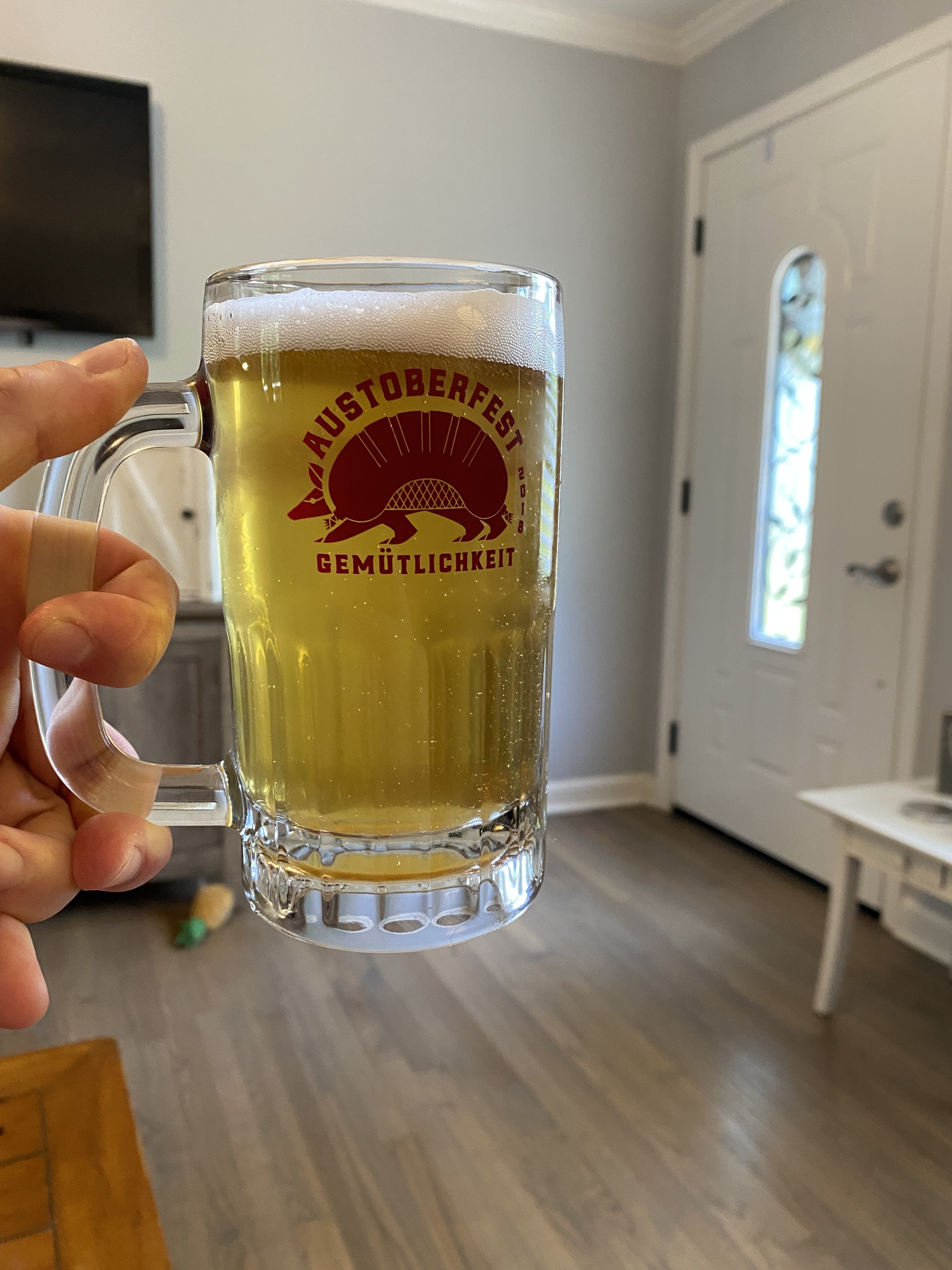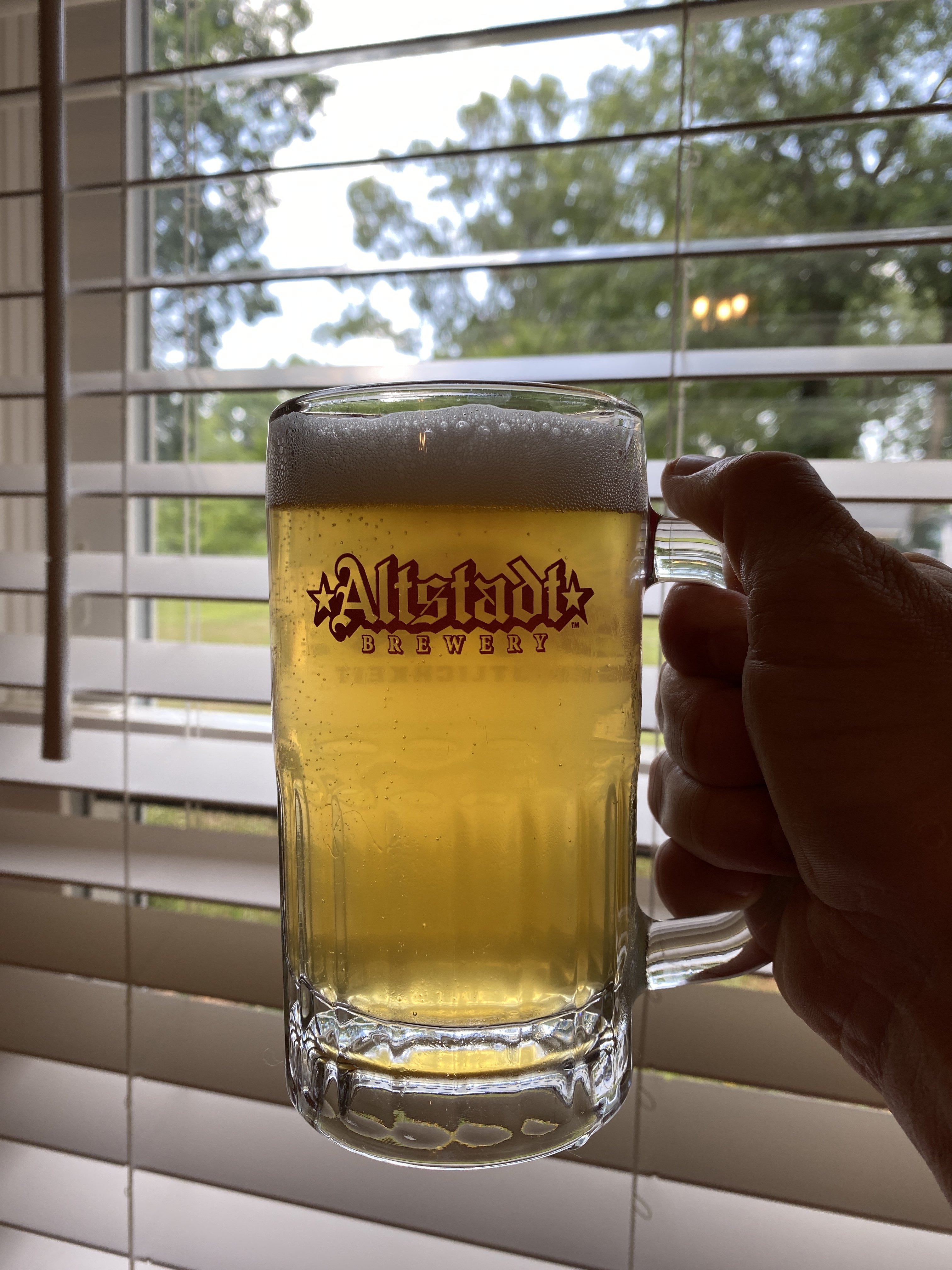- Joined
- Jan 4, 2015
- Messages
- 100
- Reaction score
- 53
Brewed my first lager (5-gallon batch size) with a 1.049 OG and pitched a single packet of WLP800 at 52 F. I did a bit of research and asked local HBS owner and microbrewery owner what should my fermentation schedule look like. The plan was to ferment at 52 F for pretty much as long as it takes to hit FG, D-rest for a few days at room temp, then lager around 35-40 F for 3-4 weeks. It sounds like a decent schedule, right? I like simplicity.
Pitching that single packet of WLP800 did nothing. After 3 days, the gravity has not dropped. I am using integrated TILT hydrometer, so gravity readings come every 15 minutes. No activity for 3 days is blowing my mind. After brewing dozens of ales, this has never happened. I decided to bite the bullet and add two more packs of WLP800 with some yeast nutrients. After another 36 hours, still nothing! Gravity readings are still the same as OG. No sign of activity, no sign of krausen.
So, after 4.5 days of no yeast/fermentation activity, I've decided to raise the temperature to 65 F and see what happens. Here is a link to integrated TILT capturing fermentation data.
What should I have done differently?
- Yeast starter?
- Pitched at ale temperatures for 12 hours (65-70 F), then dropped to lager temperatures (50-55 F)?
- Introduced some oxygen with oxygen stone?
Pitching that single packet of WLP800 did nothing. After 3 days, the gravity has not dropped. I am using integrated TILT hydrometer, so gravity readings come every 15 minutes. No activity for 3 days is blowing my mind. After brewing dozens of ales, this has never happened. I decided to bite the bullet and add two more packs of WLP800 with some yeast nutrients. After another 36 hours, still nothing! Gravity readings are still the same as OG. No sign of activity, no sign of krausen.
So, after 4.5 days of no yeast/fermentation activity, I've decided to raise the temperature to 65 F and see what happens. Here is a link to integrated TILT capturing fermentation data.
What should I have done differently?
- Yeast starter?
- Pitched at ale temperatures for 12 hours (65-70 F), then dropped to lager temperatures (50-55 F)?
- Introduced some oxygen with oxygen stone?
Last edited:





